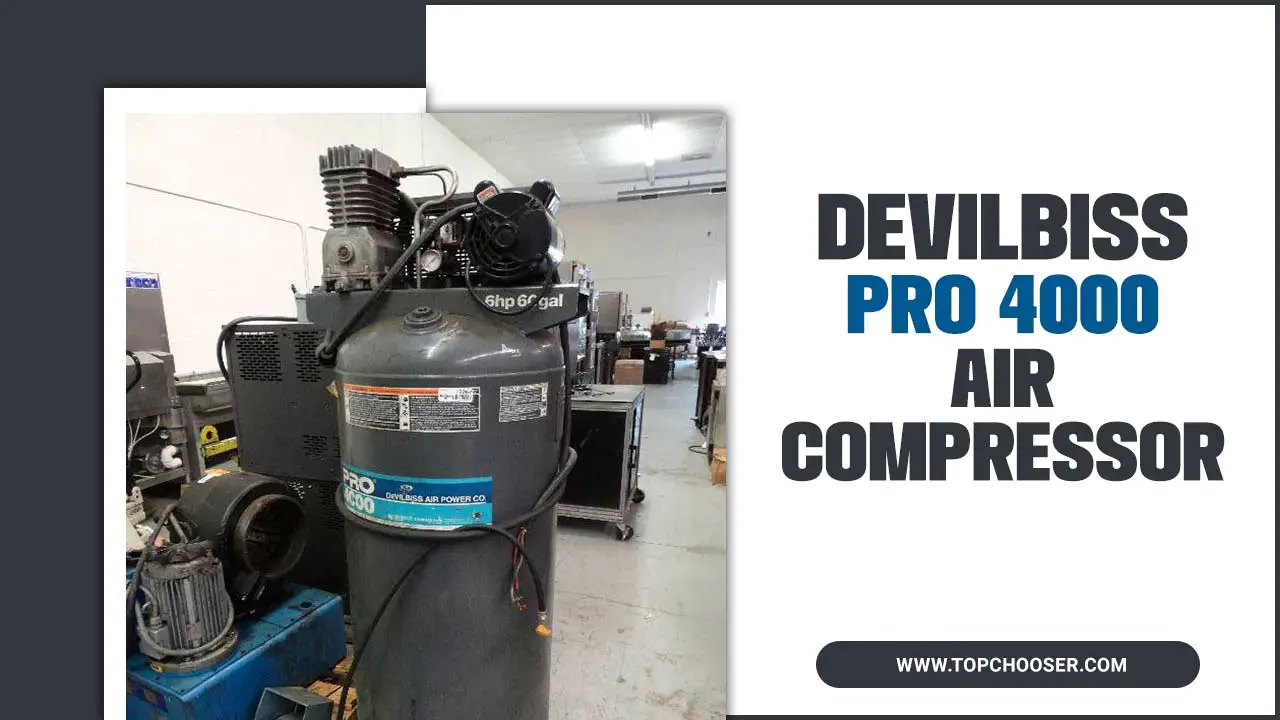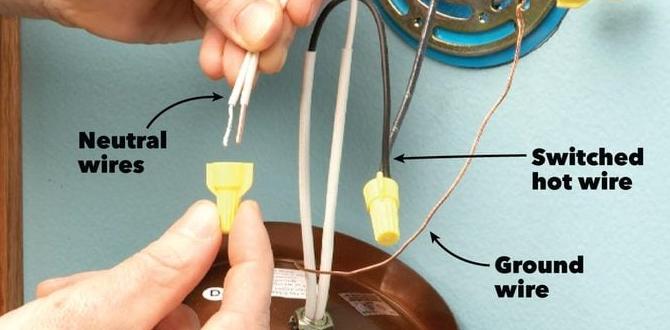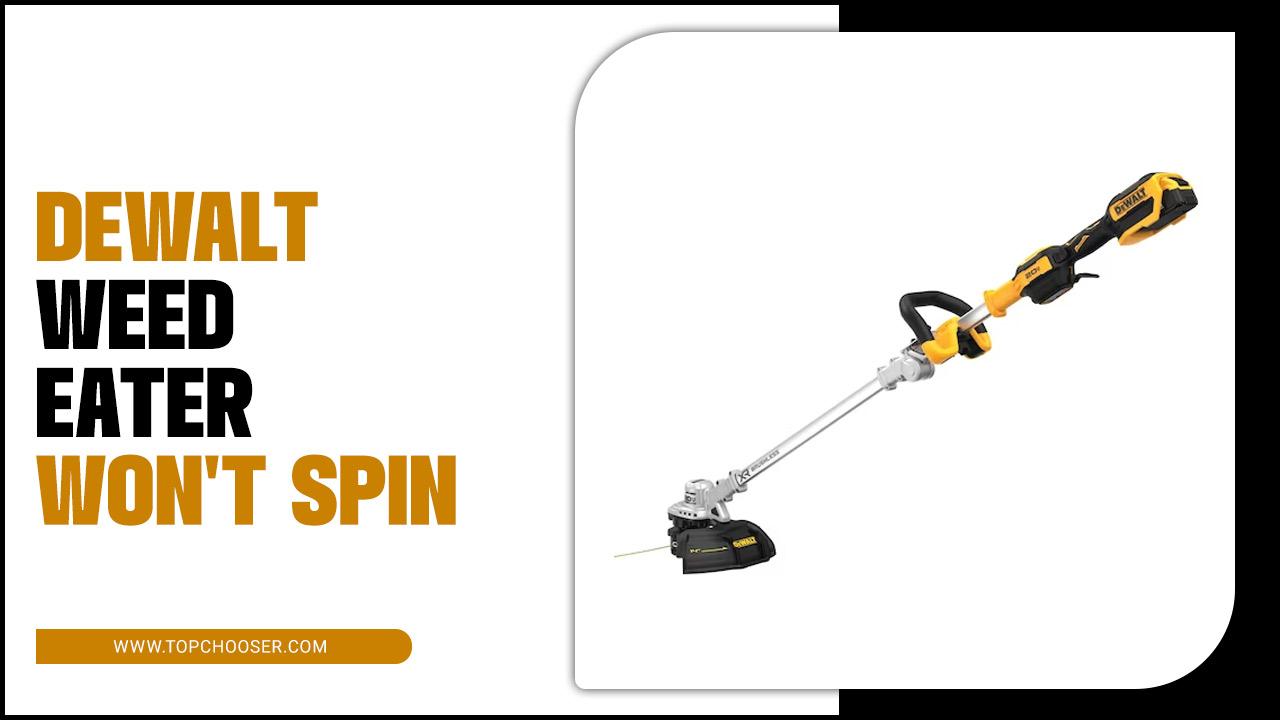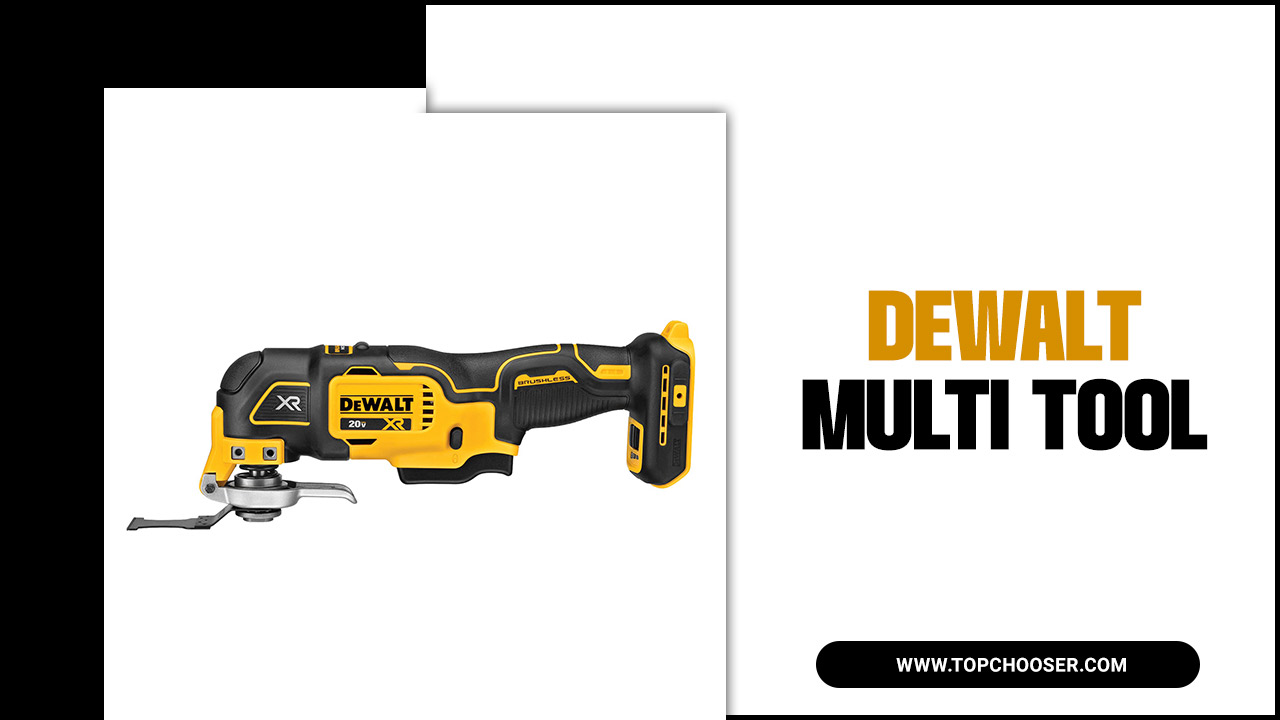Has your toilet ever backed up at the worst moment? It can be a real hassle! Many of us have faced a stopped up toilet. It’s a situation nobody enjoys. But don’t worry. There’s an easy way to solve this problem. Learning how to plunge a stopped up toilet can save the day.
Imagine your guests are here, and suddenly, the toilet won’t flush. Panic sets in. But with a few simple steps, you can clear that blockage. Trust me, it’s not as tough as it sounds.
Did you know that plunging can be fun? With the right tools and a little bit of technique, anyone can do it. In this article, we’ll guide you through the process of plunging like a pro. Ready to get started? Let’s dive in!
How To Plunge A Stopped Up Toilet: Effective Tips And Tricks Plunging A Stopped-Up Toilet Can Be A Daunting Task For Many Homeowners, But With The Right Approach, It Doesn’T Have To Be. The Key To Effectively Addressing This Common Household Issue Lies In Understanding The Proper Technique And Using The Right Tools. Here’S A Detailed Guide On How To Plunge A Stopped-Up Toilet Effectively. Understanding The Tools Needed Before Diving Into The Process, It’S Essential To Gather The Right Tools. A **Flange Plunger** Is Ideal For Toilets, As Its Design Provides A Better Seal And Creates More Suction. Step-By-Step Guide On How To Plunge A Stopped Up Toilet 1. **Prepare The Area**: Start By Laying Down Old Towels Or Newspapers Around The Base Of The Toilet To Protect The Floor From Any Overflow. It’S Also Wise To Wear Rubber Gloves To Maintain Hygiene. 2. **Add Water If Necessary**: Inspect The Toilet Bowl To Ensure There’S Enough Water To Cover The Plunger’S Rubber Cup. If It’S Too Low, Add More Water. The Water Helps Create The Suction Needed To Dislodge The Blockage. 3. **Position The Plunger**: Tilt The Handle Slightly And Insert The Plunger Into The Toilet Bowl, Ensuring The Cup Covers The Hole Completely. This Will Create An Airtight Seal, Which Is Essential For Effective Plunging. 4. **Plunge With Purpose**: Begin By Pushing Down Gently Before Pulling Up Sharply. Use Quick And Forceful Thrusts For About 15-20 Seconds. Ensure That You Maintain The Seal, So Air Doesn’T Escape. 5. **Check Your Progress**: After Plunging, Check The Toilet Bowl. If The Water Level Drops, You’Ve Likely Dislodged The Blockage. If Not, Repeat The Plunging Process. 6. **Flush The Toilet**: Once The Blockage Seems Cleared, Flush The Toilet To Check If Everything Is Functioning Correctly. If You Notice Lingering Clogs, Consider Repeating The Process Or Seeking Professional Help. Tips For Success – **Be Patient**: Clearing A Blockage Might Take More Than One Attempt. Don’T Rush Through The Process. – **Avoid Using Chemicals**: While Tempting, Chemical Drain Cleaners Can Damage Your Plumbing And May Not Be Effective. – **Regular Maintenance**: To Prevent Future Clogs, Avoid Flushing Non-Degradable Items And Consider Periodic Maintenance Of Your Plumbing System. Conclusion Knowing How To Plunge A Stopped Up Toilet Is An Invaluable Skill For Any Homeowner. With The Right Tools And Techniques, You Can Tackle This Issue On Your Own. Remember, If All Else Fails, Don’T Hesitate To Seek Assistance From A Plumbing Professional.

How to Plunge a Stopped Up Toilet
Plunging a toilet might seem like a chore, but it’s easier than you think! Start by gathering your tools: a good plunger and rubber gloves. Did you know that the right plunger can make all the difference? Position the plunger over the drain and push down gently at first, then pump it vigorously. This creates suction, breaking up the blockage. Keep at it, and soon your toilet will be flowing freely again!Understanding Toilet Clogs
Common causes of toilet clogs. Signs your toilet is stopped up.Toilet clogs happen often. They can be a big hassle. Many things can cause a toilet to stop working. Some common reasons are:
- Excess tissue paper.
- Foreign objects, like toys.
- Hair and waste build-up.
How do you know if your toilet is clogged? Here are some signs:
- The water rises high when you flush.
- Water drains slowly.
- Strange bubbling noises.
Understanding these issues helps. It prepares you for fixing the problem.
Why does my toilet keep clogging?
Your toilet may clog due to too much paper or objects stuck inside.
Essential Tools for Plunging a Toilet
Types of plungers and their uses. Additional tools to consider (e.g., toilet auger, gloves).When tackling a clogged toilet, having the right tools makes all the difference! First, you’ll need a trusty plunger. There are two main types: the cup plunger, perfect for sink and toilet blockages, and the flange plunger, designed specifically for toilets with its extra rubber flap. Think of them as the superhero duo of toilet rescue!
But wait, there’s more! Consider adding a toilet auger to your toolkit for those tough clogs that refuse to budge. Gloves are also a good idea; no one wants to play in the poop pool! Now you’re ready to tackle that toilet like a pro!
| Tool | Use |
|---|---|
| Cup Plunger | Best for sinks & toilets |
| Flange Plunger | Designed for toilets |
| Toilet Auger | For tough clogs |
| Gloves | Keep your hands clean! |
Step-by-Step Plunging Technique
Preparing the area and gathering tools. Proper plunging technique (position and motion).First, clear the area around the toilet. Remove any items that may get splashed. Grab your trusty plunger, the hero of this story! Make sure it has a rubber cup—this will make your job easier. Position yourself with both hands on the plunger’s handle, knees slightly bent, and feet firmly on the floor. Aim the cup directly over the hole, not the floor! Push down gently at first, then plunge with steady rhythm. Remember, it’s like a dance—you want to move fluidly, not clumsily! Get ready for a showdown!
| Preparation Steps | Tools Needed |
|---|---|
| Clear surrounding items | Plunger |
| Remove excess water (if needed) | Gloves (optional) |
This technique should have you on your way to a toilet triumph in no time! Just remember, plunging is not just about force; it’s about finesse!
Tips for Effective Plunge
Timing and patience in the plunging process. Avoiding mistakes that can worsen the blockage.To effectively plunge a toilet, timing and patience are key. Don’t rush the process. Take a moment to breathe and focus. Start by ensuring you have a proper plunger. A good seal is important. Use steady, gentle force. Too much pressure can push the blockage further down. Here are some tips to avoid common mistakes:
- Use the plunger for at least 15 seconds
- Don’t lift the plunger too high between pushes
- Keep the water level correct for best results
Once you feel the blockage release, test the flush. With patience and care, you can clear the toilet effectively.
How long should you plunge a toilet?
Plunge a toilet for at least 15 to 30 seconds. Give it time to work!
When to Call a Plumber
Indicators that a clog requires professional help. Cost considerations for plumbing services.Sometimes, a stubborn clog can outsmart even the best plunger. If your toilet gurgles or backs up after plunging, it might be time to call in a pro. Also, if you see water pooling around the base, that’s a sign! Cost can vary. The average plumber charges between $45 to $200 per hour. But don’t let money pinch your wallet too hard! Remember, a plumber can save you from future headaches.
| Indications | When to Call a Plumber |
|---|---|
| Repeated clogs | If it keeps happening, it’s time for help! |
| Gurgling sounds | This signals a bigger problem lurking. |
| Water pooling | That’s not a swimming pool, call a plumber! |
Preventing Future Toilet Clogs
Best practices for toilet use. Maintenance tips to keep your toilet running smoothly.Using your toilet wisely can save you from future disasters. To start, remember to flush only what’s supposed to go in there, like toilet paper—nothing else. Gross stuff, like wipes or toys, belongs in the trash, not the bowl. Also, check for leaks regularly. A small drip can lead to bigger problems.
Here’s a quick table for toilet maintenance: Tip Frequency
By following these steps, you can keep your toilet happy and clog-free. Think of it as giving your toilet a spa day!
Conclusion
In conclusion, plunging a stopped-up toilet is simple. First, gather your tools, like a plunger and gloves. Next, make sure to create a good seal and push down firmly. Remember to flush only when the clog is clear. For more tips, check online resources or ask an adult for help. You can tackle toilet problems with confidence!FAQs
What Tools Do I Need To Effectively Plunge A Stopped-Up Toilet?To plunge a stopped-up toilet, you need a toilet plunger. It looks like a stick with a rubber suction cup at the end. You might also want some rubber gloves to keep your hands clean. Lastly, have some paper towels nearby to wipe up any spills. With these tools, you can clear the blockage!
How Do I Know If The Blockage Is Within The Toilet Or Further Down The Plumbing?You can figure this out by checking a few things. First, if the toilet won’t flush but other sinks work, the problem is likely in the toilet. Next, if water rises in the toilet when you use other things, like the sink, the clog might be further down. We can also try using a plunger in the toilet. If that doesn’t help, the blockage may be deeper in the pipes.
What Techniques Should I Use When Plunging A Toilet To Ensure The Best Results?To plunge a toilet well, first, make sure the plunger covers the hole at the bottom. Push down hard and pull up quickly to create a good seal. You should do this several times, using strong, steady motions. If the water starts to go down, that means you’re doing it right! Keep at it until the toilet is clear.
Are There Any Alternative Methods To Unclog A Toilet If Plunging Doesn’T Work?Yes, there are other ways to unclog a toilet if plunging doesn’t work. You can try using a toilet auger, which is like a long snake that breaks up clogs. Another method is to pour hot water and dish soap into the toilet. Let it sit for a few minutes, then flush. If none of these work, you might need to ask an adult for help.
What Should I Do If Plunging Leads To Water Overflowing From The Toilet?If water starts to overflow from the toilet, quickly stop using the plunger. You should turn off the water valve behind the toilet. This stops more water from coming in. Next, grab some towels or a bucket to catch the water. After that, check if the clog is cleared or ask an adult for help.








